41 15.2 pollution of the atmosphere worksheet answers
Explainer: The making of a snowflake | Science News Explores But snowflakes larger than 15.2 centimeters (6 inches) do sometimes develop. Biggies tend to form when temps are near freezing and the air humid. A snowflake's size also reflects other factors. These include wind speed and direction, dew point — even how electrified different layers of the atmosphere are. ASTRON: Worksheets and answers by topic - Rainham Mark Grammar School Worksheets and answers by topic. 1.1 The Earth_s structure.pdf. 1.2 Latitude and longitude.pdf. 1.3 The Earth_s atmosphere.pdf.
Hydrological Cycle - an overview | ScienceDirect Topics Hydrological cycle is also known as the "water cycle"; it is the normal water recycling system on Earth (Fig. 3.4).Due to solar radiation, water evaporates, generally from the sea, lakes, etc. Water also evaporates from plant leaves through the mechanism of transpiration.As the steam rises in the atmosphere, it is being cooled, condensed, and returned to the land and the sea as precipitation.
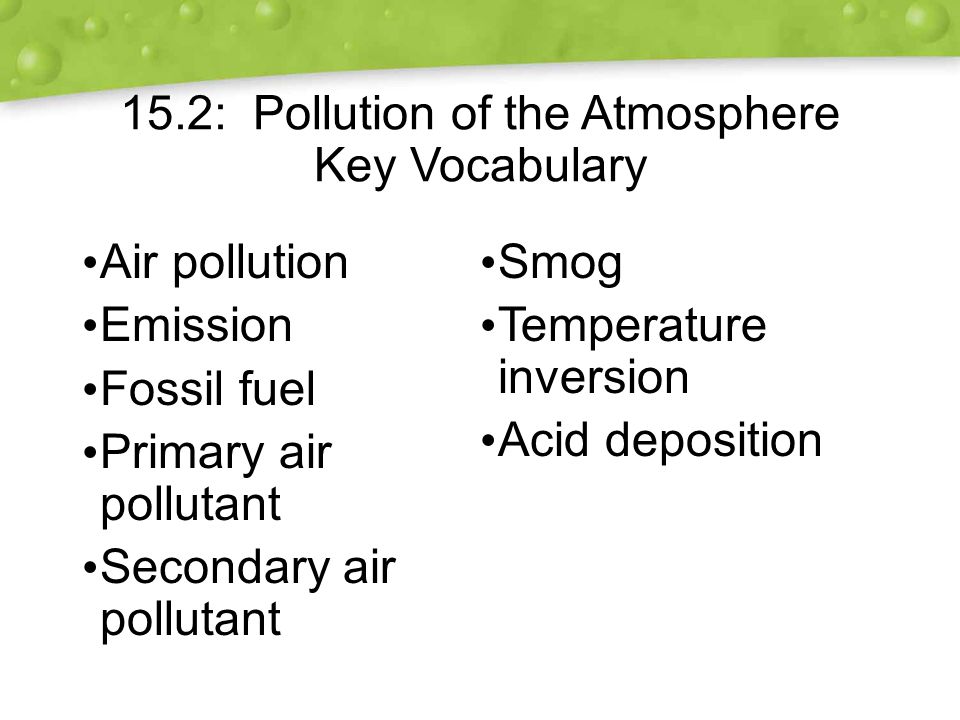
15.2 pollution of the atmosphere worksheet answers
5th Class Science Weather, Air and Water Question Bank - StudyAdda The air present in the water formed bubbles. B) Air inside the glass escaped out in the form of bubbles. C) Air in the trough escaped as air bubbles. D) Air in the surroundings formed air bubbles. View Solution play_arrow question_answer 7) Two balloons are filled with air and are tied to a wooden rod. Science with Dr. Kostenko - Quiz 6.1 - Google MATCHING _____ 1.driest biome_____ 2.wettest biome_____ 3.coldest biome_____ 4.located between 30° and 60° latitude_____ 5.located just below the Arctic Circle a.grasslandsb.desertc. taigad.tundrae.tropical rain forest MULTIPLE CHOICE6.The distance north or south of the equator, as measured in degrees, is calleda.altitude. 7.1 Overview of Our Planetary System - Astronomy | OpenStax Table 7.1 also shows that most of the material of the planets is actually concentrated in the largest one, Jupiter, which is more massive than all the rest of the planets combined.Astronomers were able to determine the masses of the planets centuries ago using Kepler's laws of planetary motion and Newton's law of gravity to measure the planets' gravitational effects on one another or on ...
15.2 pollution of the atmosphere worksheet answers. CK-12 Earth Science For Contents Contents 1 MS What is Earth Science? Worksheets1 1.1 The Nature of Science ... 3.4 Projectile Motion - College Physics 2e | OpenStax Figure 3.35 (a) We analyze two-dimensional projectile motion by breaking it into two independent one-dimensional motions along the vertical and horizontal axes. (b) The horizontal motion is simple, because a x = 0 a x = 0 and v x v x is thus constant. (c) The velocity in the vertical direction begins to decrease as the object rises; at its highest point, the vertical velocity is zero. 15.2 Pollution of the Atmosphere Flashcards | Quizlet Start studying 15.2 Pollution of the Atmosphere. Learn vocabulary, terms, and more with flashcards, games, and other study tools. 15.2 Pollution of the Atmosphere Flashcards | Quizlet Terms in this set (8) Air Pollution. the release of damaging materials into the atmosphere. Emission. a substance released into the atmosphere that results in air pollution. Fossil Fuel. a carbon-containing fuel formed over millions of years from the remains of living things. Primary Air Pollutant. A pollutant released directly into the ...
Science with Dr. Kostenko - Household Energy Use Lab - Google PROCEDURE 1. Walk through or think about your home, and identify all appliances and devices that use electricity. Add any item not included in the table below. Begin to fill out the table. (10... 46.3 Biogeochemical Cycles - Biology 2e | OpenStax Figure 46.15 Carbon dioxide gas exists in the atmosphere and is dissolved in water. Photosynthesis converts carbon dioxide gas to organic carbon, and respiration cycles the organic carbon back into carbon dioxide gas. Long-term storage of organic carbon occurs when matter from living organisms is buried deep underground and becomes fossilized. 5.2 Chemical Weathering - Physical Geology Here we have water (e.g., as rain) plus carbon dioxide in the atmosphere, combining to create carbonic acid. Then carbonic acid dissociates (comes apart) to form hydrogen and carbonate ions. The amount of CO 2 in the air is enough to make only very weak carbonic acid, but there is typically much more CO 2 in the soil, so water that percolates ... (PDF) Introduction to Environmental Sciences - ResearchGate NOISE POLLUTION 27 5. 12.1 Introduction 275. 12.2 Types of Noise 2 76. 12.3 Character istics of Sound 276. 12.4 Decibels 277. 12.5 Measurement of Noise 277. 12.6 Perception of Sound and Hearing ...
Chapter 15.2 Flashcards | Quizlet A harmful substance produced when a primary pollutant reacts with other substances. Smog. An unhealthy mixture of air pollutants that can form over cities and nearby areas. Temperature Inversion. The condition in the troposphere in which a layer of cooler air lies beneath a layer of warmer air; also called thermal inversion. Chapter 15.2 and 15.3 Flashcards | Quizlet Emission a substance that is released into the atmosphere fossil fuel A natural fuel such as coal or gas, formed in the geological past from the remains of living organisms. primary air pollutant a pollutant released directly into the troposphere; can cause damage itself or react with other substances to cause damage secondary air pollutant 12.3 Rate Laws - Chemistry 2e | OpenStax Ozone in the upper atmosphere is depleted when it reacts with nitrogen oxides. The rates of the reactions of nitrogen oxides with ozone are important factors in deciding how significant these reactions are in the formation of the ozone hole over Antarctica (Figure 12.8). One such reaction is the combination of nitric oxide, NO, with ozone, O 3: 25+ Radioactivity Multiple Choice Questions - Physics - Examsegg Learning View Answer Ques. A radioactive element emits 200 particles per second. After three hours 25 particles per second are emitted. The half life period of element will be (a) 50 minutes (b) 60 minutes (c) 70 minutes (d) 80 minutes View Answer Ques. Half life of radioactive element depends upon (a) Amount of element present (b) Temperature (c) Pressure
CK-12 Earth Science For High Contents Contents 1 HS What is Earth Science? Worksheets1 1.1 The Nature of Science ...
20.2 Biogeochemical Cycles - Concepts of Biology | OpenStax Figure 20.11 Carbon dioxide gas exists in the atmosphere and is dissolved in water. Photosynthesis converts carbon dioxide gas to organic carbon, and respiration cycles the organic carbon back into carbon dioxide gas. Long-term storage of organic carbon occurs when matter from living organisms is buried deep underground and becomes fossilized.
PDF Chapter 15 Air Pollution, Climate Change, and Ozone Depletion • Air pollution: atmospheric chemicals in high enough concentrations to harm organisms, ecosystems, and alter climate -Natural: dust, wildfires, volcanoes, and plants -Human activities: burning fossil fuels; car use • Outdoor air pollutants: -Primary: emitted directly into air -Secondary: chemicals formed from primary pollutants 7
ES Textbook - Mrs. Blackmon's Science Blackboard 3.1 The Geosphere 3-1.pdf Download File 3.2 The Atmosphere 3-2.pdf Download File 3.3 The Hydrosphere and Biosphere 3-3.pdf Download File Chapter 4 The Organization of Life 4.1 Ecosystems: Everything is Connected 4-1.pdf Download File 4.2 Evolution 4-2.pdf Download File 4.3 The Diversity of Living Things 4-3.pdf Download File
15.2 Pollution of the Atmosphere, 15.3 Controlling Air Pollution Primary- emitted directly from a source. Secondary- not emitted same way, other pollutants react in the atmosphere. Compare and contrast primary air pollutants and secondary air pollutants. Industrial smog. Urban areas. Fossil fuels, sulfur dioxide, and fog. Close to ground. Yellow-brown haze. Cause health problems.
Science with Dr. Kostenko - Ecology of Finding Nemo - Google Answer the following: Marine ecosystem 1. Which REGIONS of a marine ecosystem are depicted in the movie? 2. Give an example of each. 3. Coral reefs are among the most diverse ecosystems. How is this shown in the film? 4. What are some marine producers shown in the film? 5. What
13.1 The Hydrological Cycle - Physical Geology It is moved through the atmosphere by winds and condenses to form clouds of water droplets or ice crystals. It comes back down as rain or snow and then flows through streams, into lakes, and eventually back to the oceans. Water on the surface and in streams and lakes infiltrates the ground to become groundwater.
Chapter 15 our environment - SlideShare Chapter 15 our environment. 1. CHAPTER - 15 OUR ENVIRONMENT. 2. Introduction We have the word environment often being used on the television, in newspapers and by people around us. Environment (F. environ - about ) is the sum total of all external factors, substances, living. 3. beings, and conditions that surround an organism and influence ...
PDF CK-12 Earth Science For High - Generation Homeschool to answer the question: Does the number of times a pendulum swings depend on the weight attached to it or to the length of the string? The URL below is the teacher page for the activity.
ExploreLearning Gizmos: Math & Science Virtual Labs and Simulations The Atmosphere and the Oceans Chapter 11. Atmosphere . 11.2. State of the Atmosphere. Heat Transfer by Conduction Weather Maps Coastal Winds and Clouds Greenhouse Effect ... Water Pollution Unit 8. Beyond Earth Chapter 28. The Sun-Earth-Moon Systm . 28.2. The Moon. Moon Phases Moonrise, Moonset, and Phases. 28.3. The Sun-Earth-Moon System
Natural Sciences Grade 9 Table of Contents | Siyavula Textbooks. Natural Sciences Grade 9. Chapter 1: Cells as the basic units of life. 1.1 Cell structure. 1.2 Difference between plant and animal cells. 1.3 Cells in tissues, organs and systems. 1.4 Summary. Chapter 2: Systems in the human body. 2.1 The digestive system.
7.1 Overview of Our Planetary System - Astronomy | OpenStax Table 7.1 also shows that most of the material of the planets is actually concentrated in the largest one, Jupiter, which is more massive than all the rest of the planets combined.Astronomers were able to determine the masses of the planets centuries ago using Kepler's laws of planetary motion and Newton's law of gravity to measure the planets' gravitational effects on one another or on ...
Science with Dr. Kostenko - Quiz 6.1 - Google MATCHING _____ 1.driest biome_____ 2.wettest biome_____ 3.coldest biome_____ 4.located between 30° and 60° latitude_____ 5.located just below the Arctic Circle a.grasslandsb.desertc. taigad.tundrae.tropical rain forest MULTIPLE CHOICE6.The distance north or south of the equator, as measured in degrees, is calleda.altitude.
5th Class Science Weather, Air and Water Question Bank - StudyAdda The air present in the water formed bubbles. B) Air inside the glass escaped out in the form of bubbles. C) Air in the trough escaped as air bubbles. D) Air in the surroundings formed air bubbles. View Solution play_arrow question_answer 7) Two balloons are filled with air and are tied to a wooden rod.

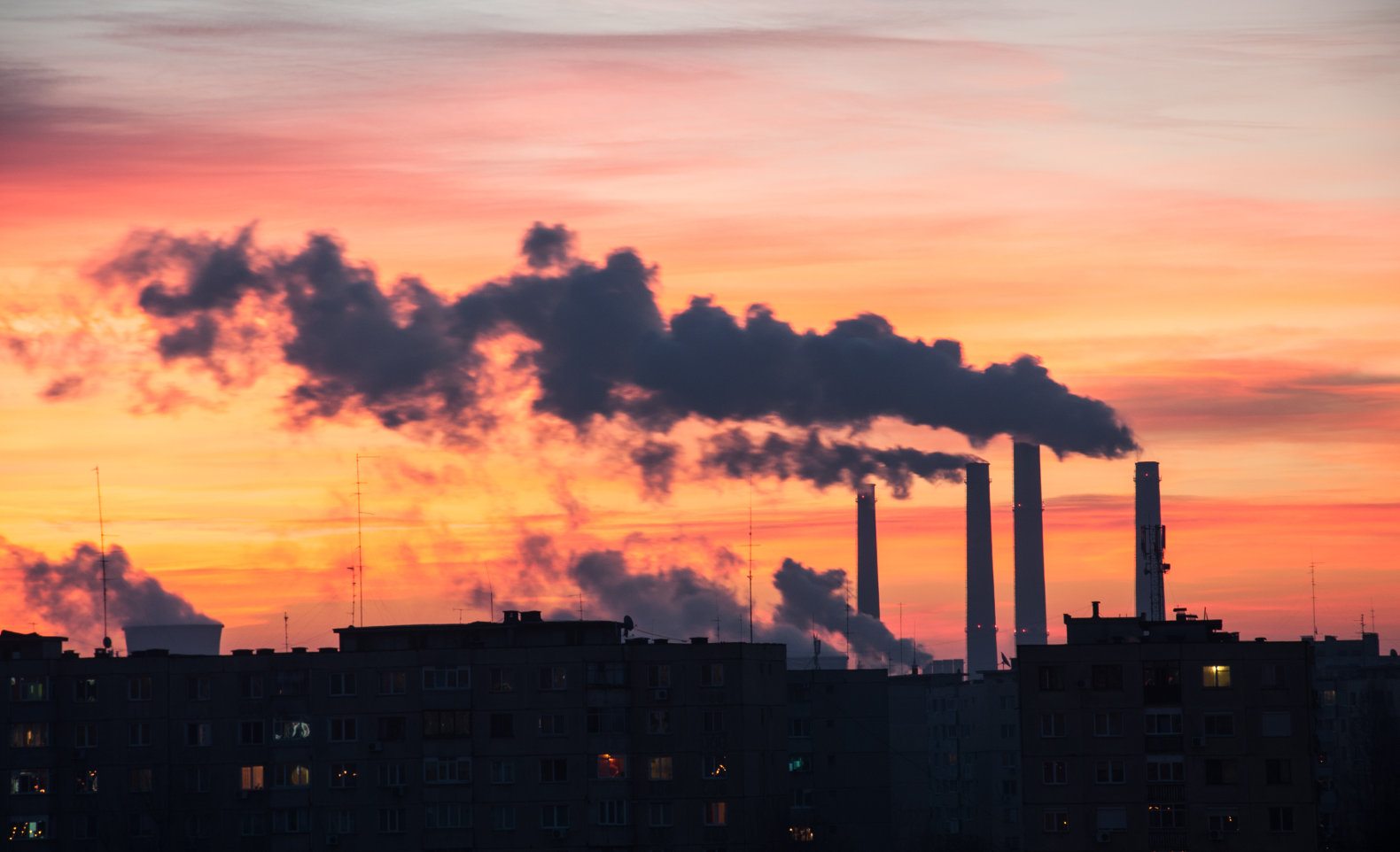

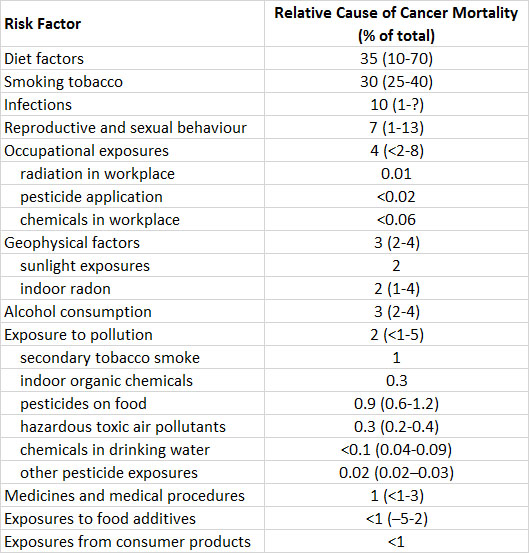

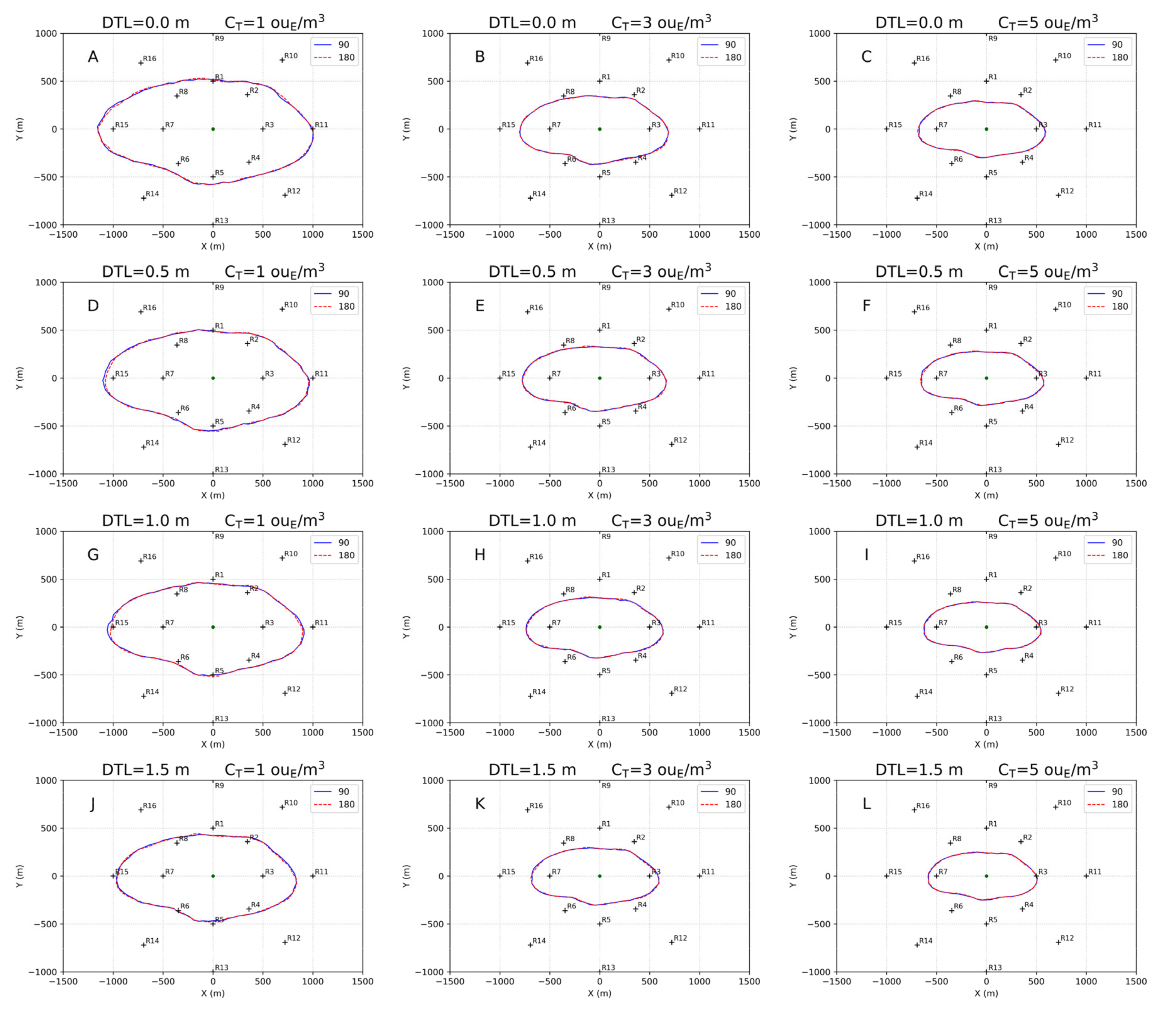
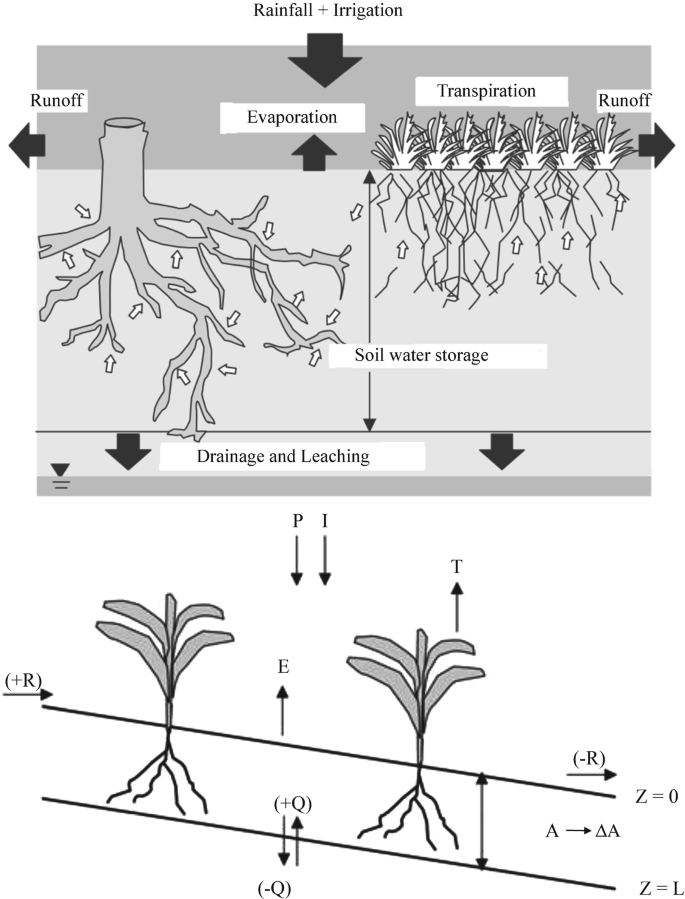


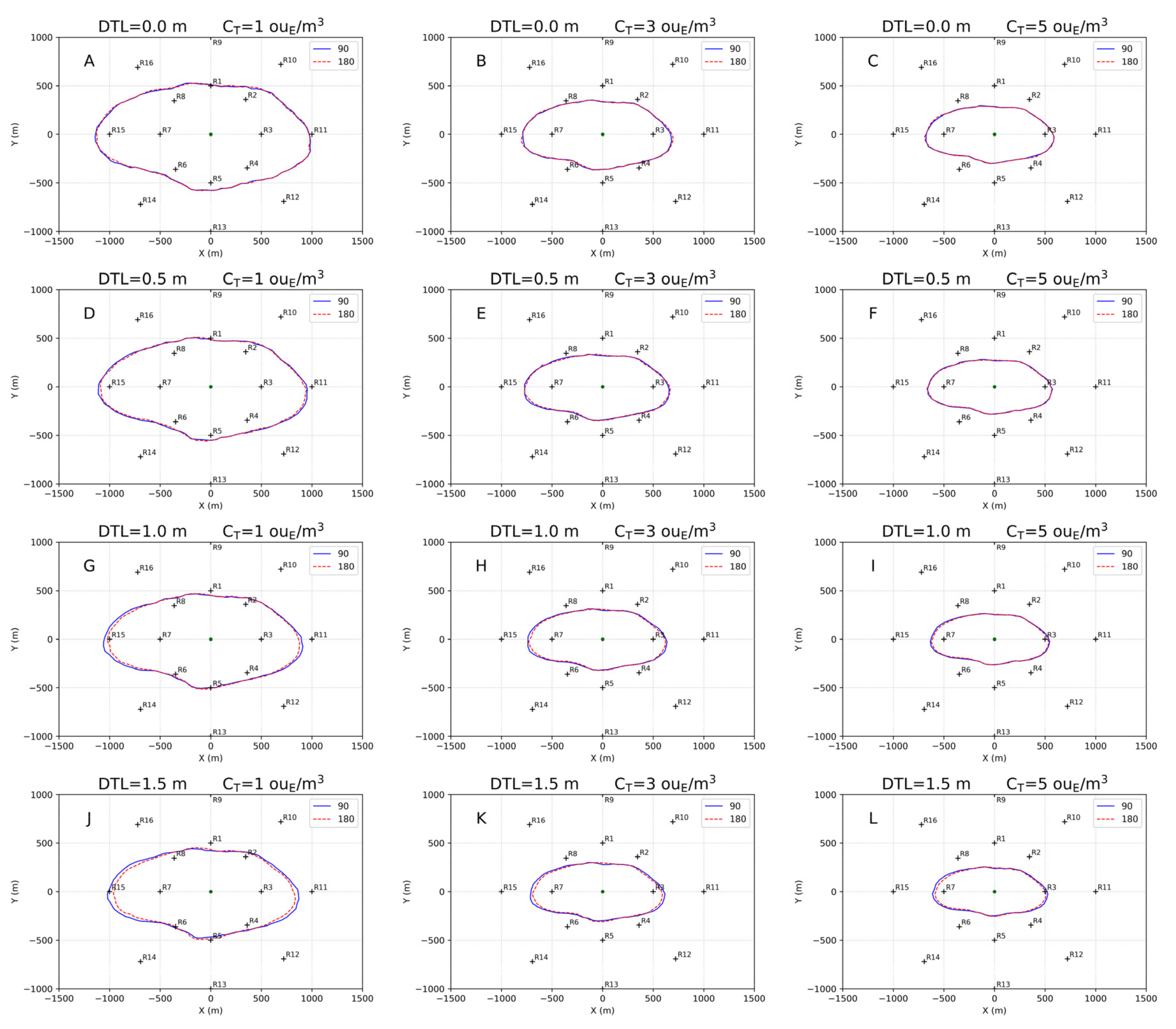
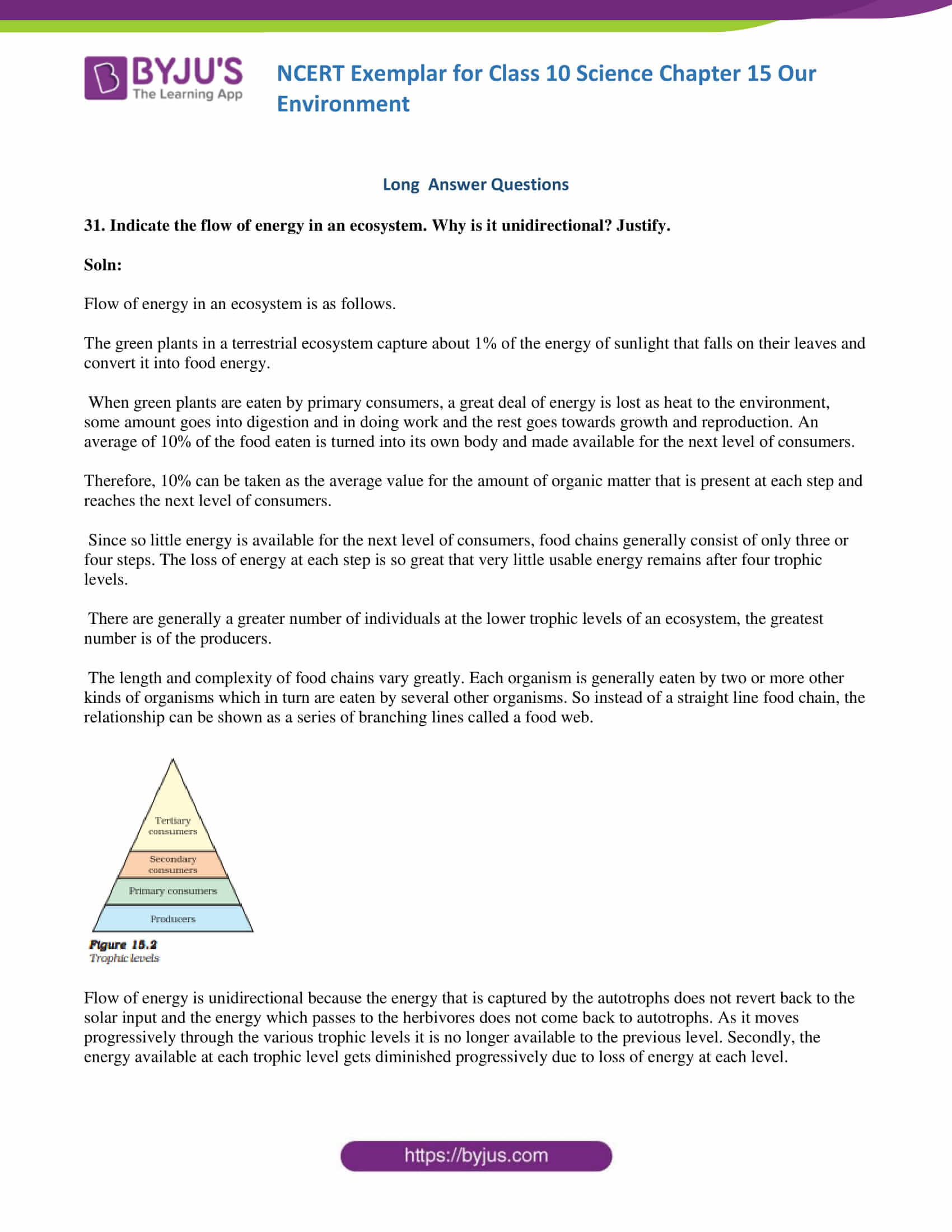



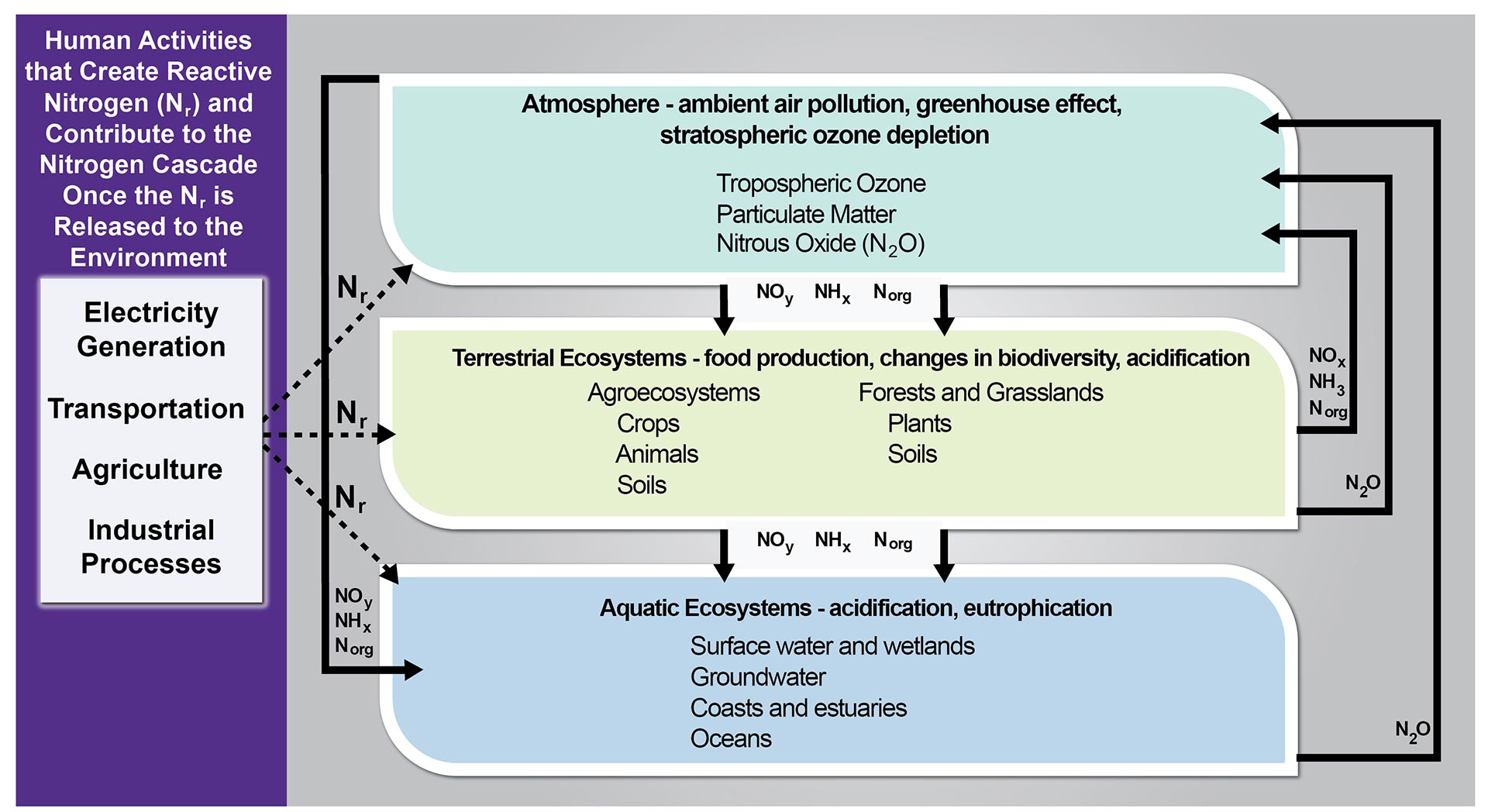


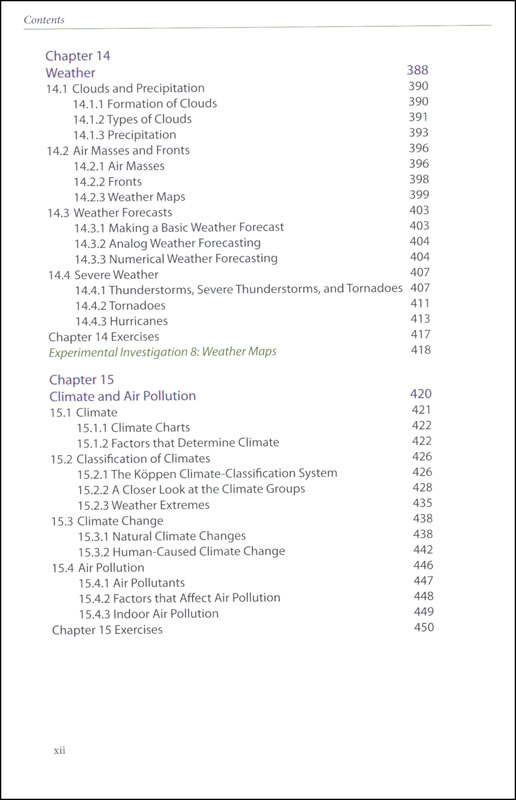





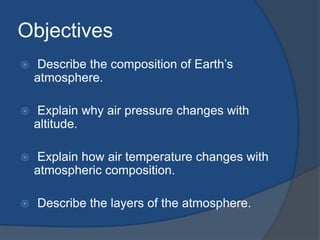
0 Response to "41 15.2 pollution of the atmosphere worksheet answers"
Post a Comment